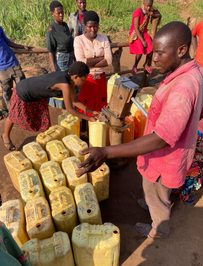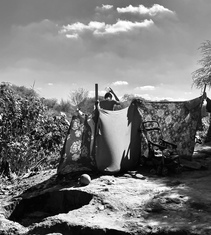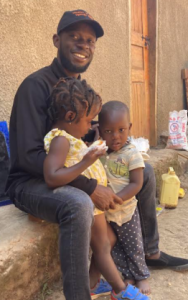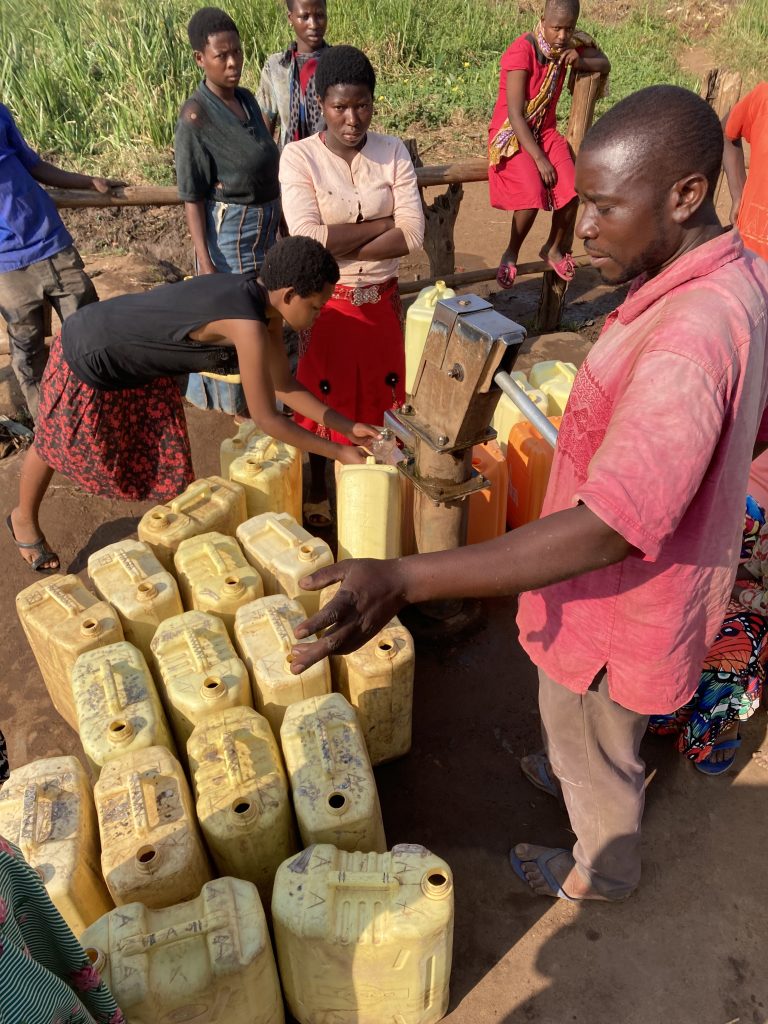

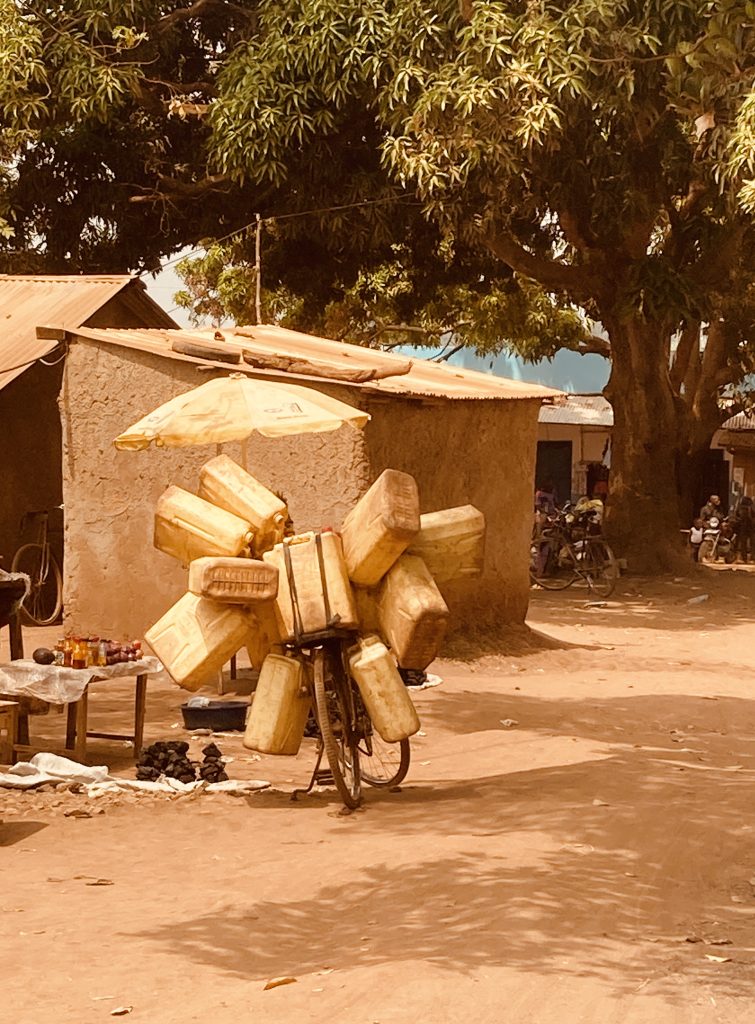
In Kyangwali refugee settlement in western Uganda, the day starts at 5:30 with the Muslim call to prayer. Soon afterwards and high up in the trees, the Black-Headed herons start their morning ritual of greeting the day. Not very long afterwards and still before sunrise, a subtle squeaking sound can be heard. Is it a bird? Is it a mouse? From before dawn until after dusk, this unique sound can be heard throughout the large Congolese refugee settlement. It’s the unmistakable sound of young girls pumping water from a well using an overused squeaky hand pump. This is a common sound and scene, unfortunately. Young women and girls have the never-ending and very difficult job of fetching water for their households. Many parents forbid their girls to attend school because this is their full time job. On average, women and girls in Africa walk almost 4 miles per day and wait in long lines for their turn to pump, then carry very heavy jerry cans back uphill to their families.
We were able to test the water from the well in the attached photos. Unfortunately it tested positive for pathogens, meaning not only the nearby school but the surrounding community works hard to retrieve water full of germs that if not treated, can cause harm. This is also the driest time of year in western Uganda, where many shallow wells run dry which makes the lines and wait time at other neighboring wells even longer.
Where does your water come from? You most likely drink water out of the faucet with confidence, not ever doubting that there’s water to begin with, or even knowing where it originates. You probably have so much clean water that it’s not even special to you. Perfectly drinkable water is used to flush feces down the toilet, or for a hot bubble bath. Did you know that billions of families live with less than 20 liters of water per day? That’s 20 liters for drinking, cooking, cleaning, washing clothes, bathing oneself and their children, and if lucky, to water a food producing plant.
The average European uses 250 liters of water per day. In the U.S., it’s an astounding 350 liters per day, and mostly for wasteful and carless reasons. Possibly watering an ornamental lawn full of grass that’s never even walked on. Or maybe in a large pool and jacuzzi that’s hardly used. On washing one of the many cars, or on a lush golf course in the middle of the desert.
Meanwhile, here’s a couple of pictures we took a couple of days ago of a tiny Congolese refugee girl struggling to carry bacteria filled water up the hill for her family.
If you’re reading this, you should be grateful for where you were born.

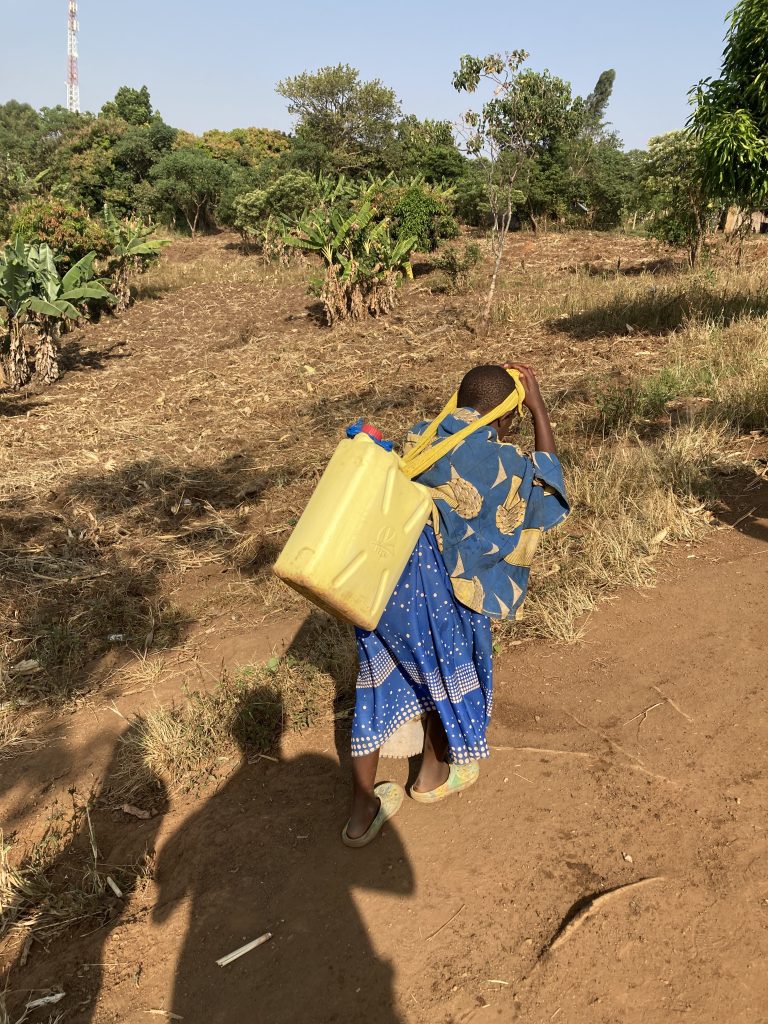
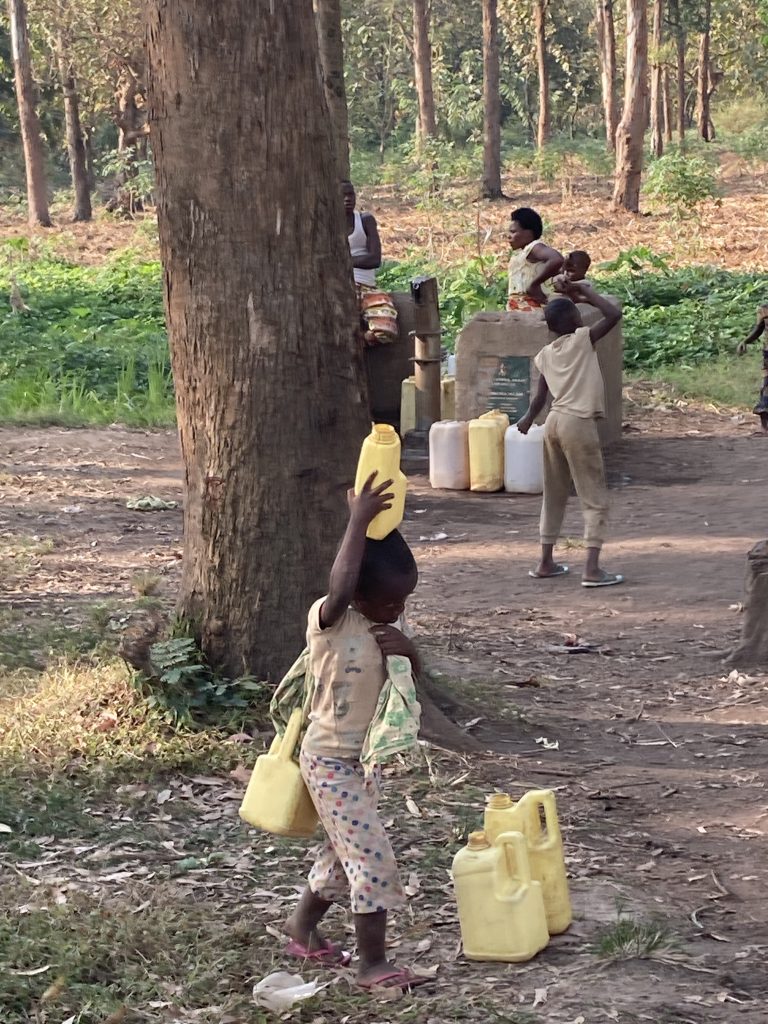
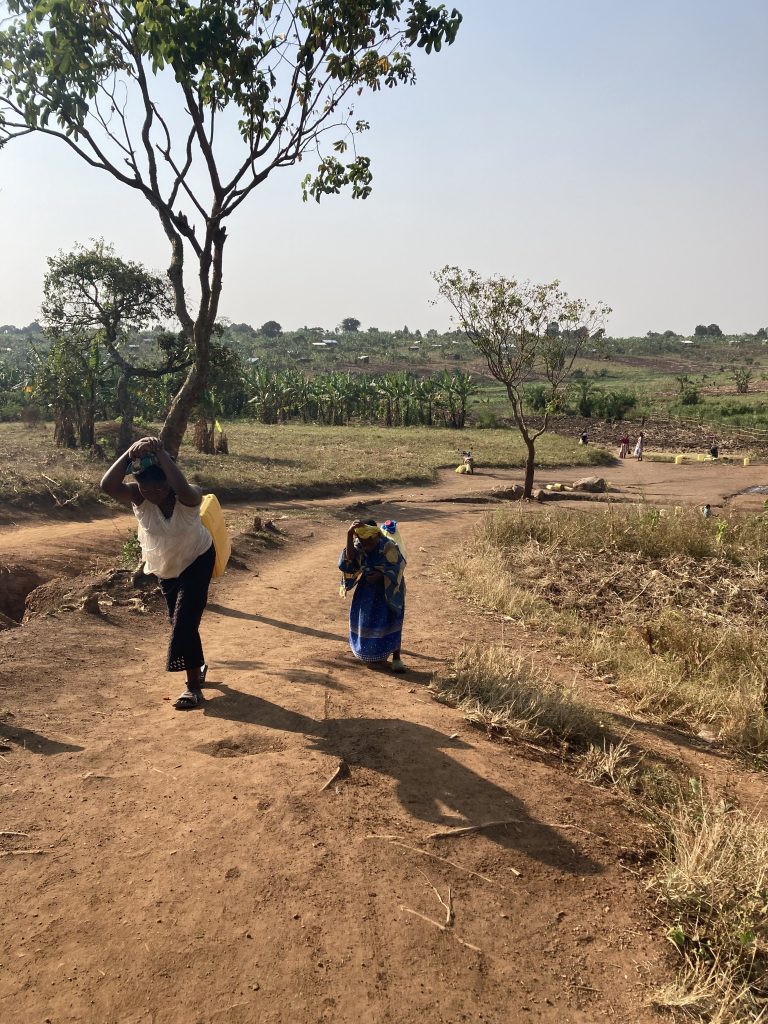
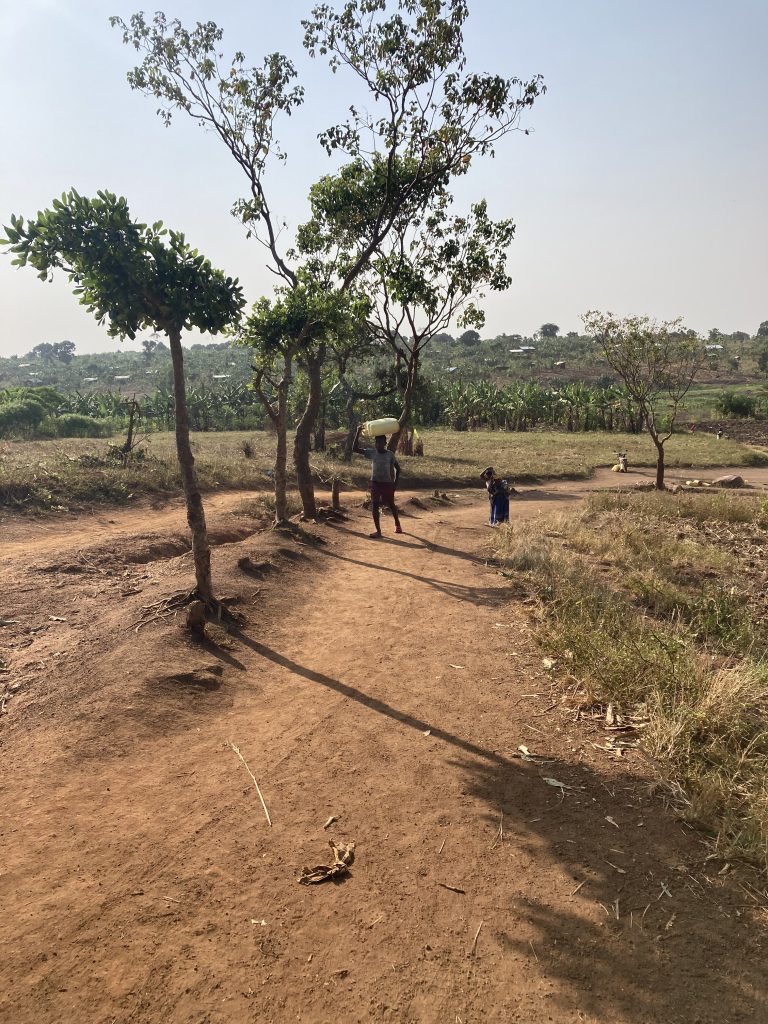
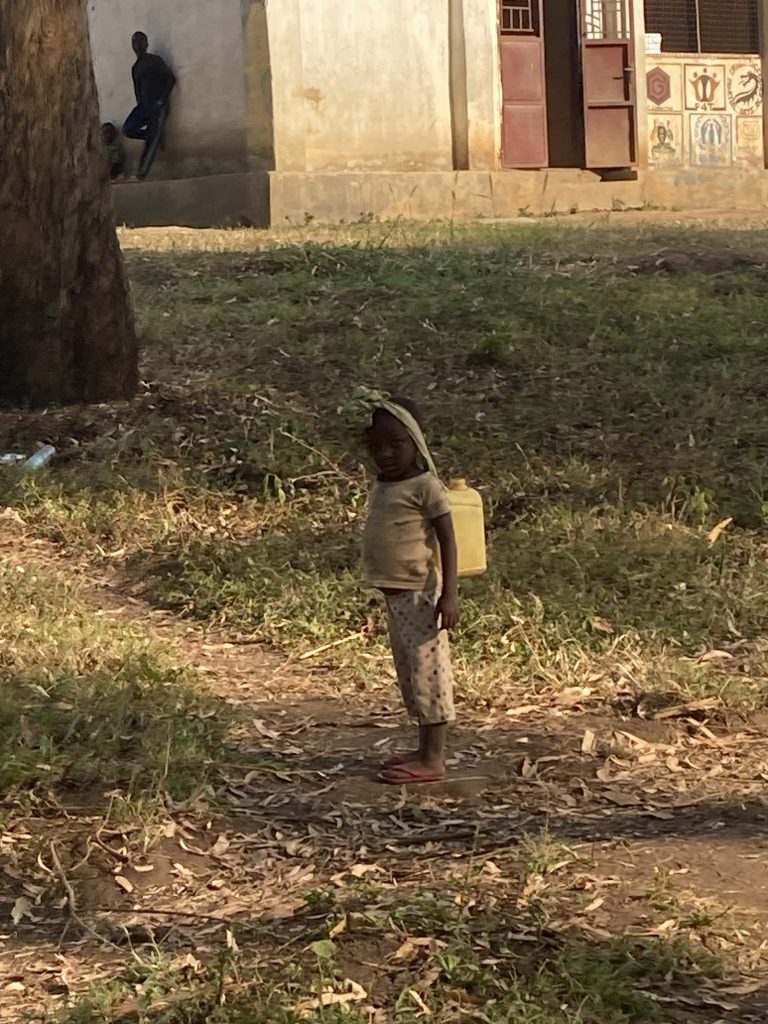
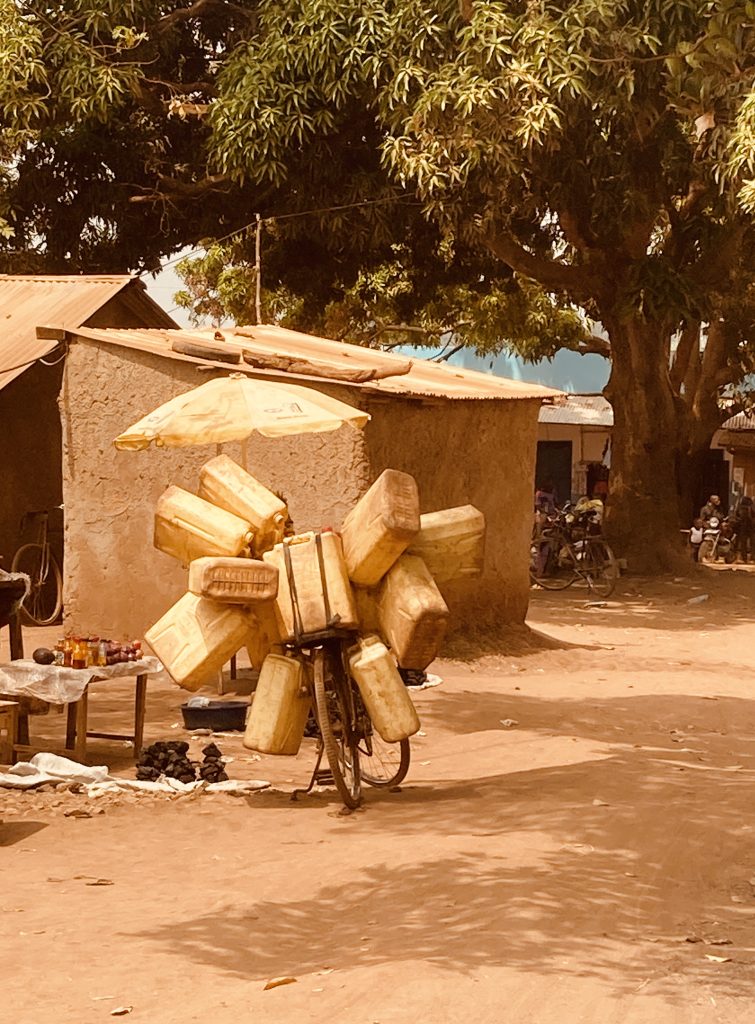
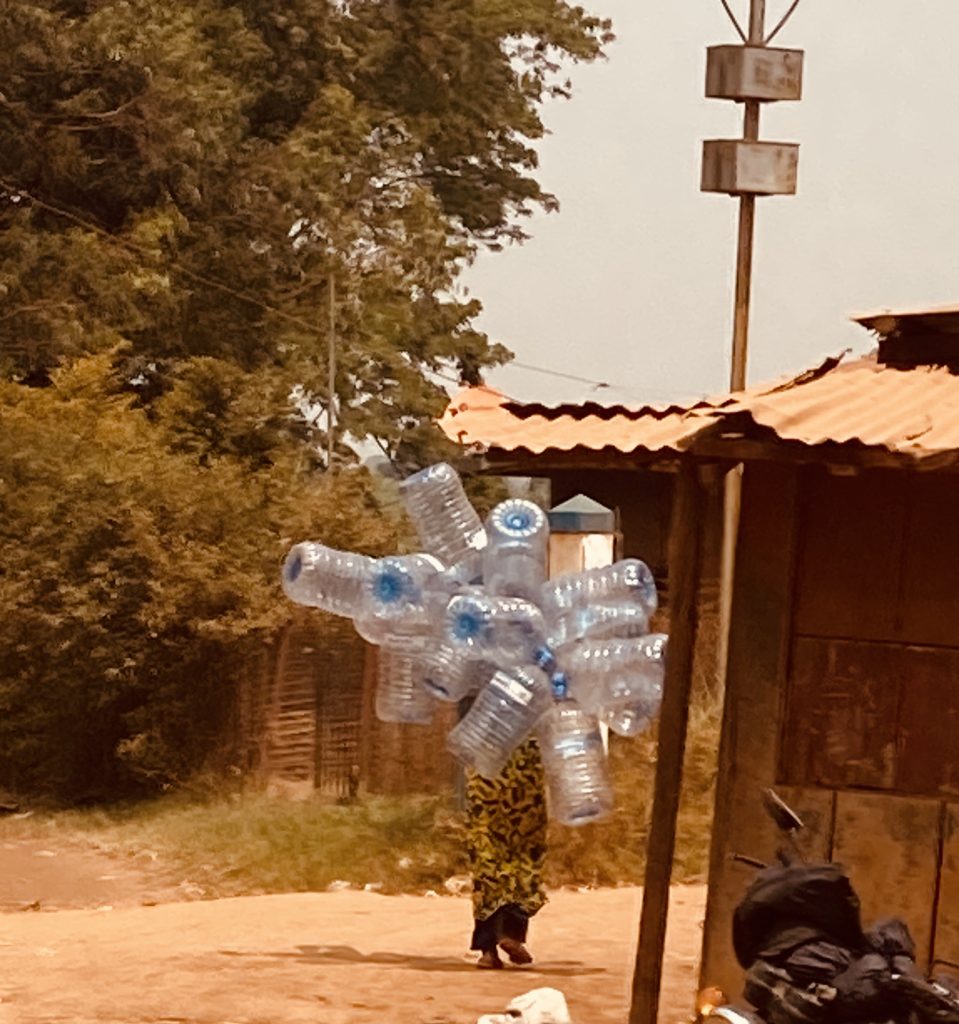
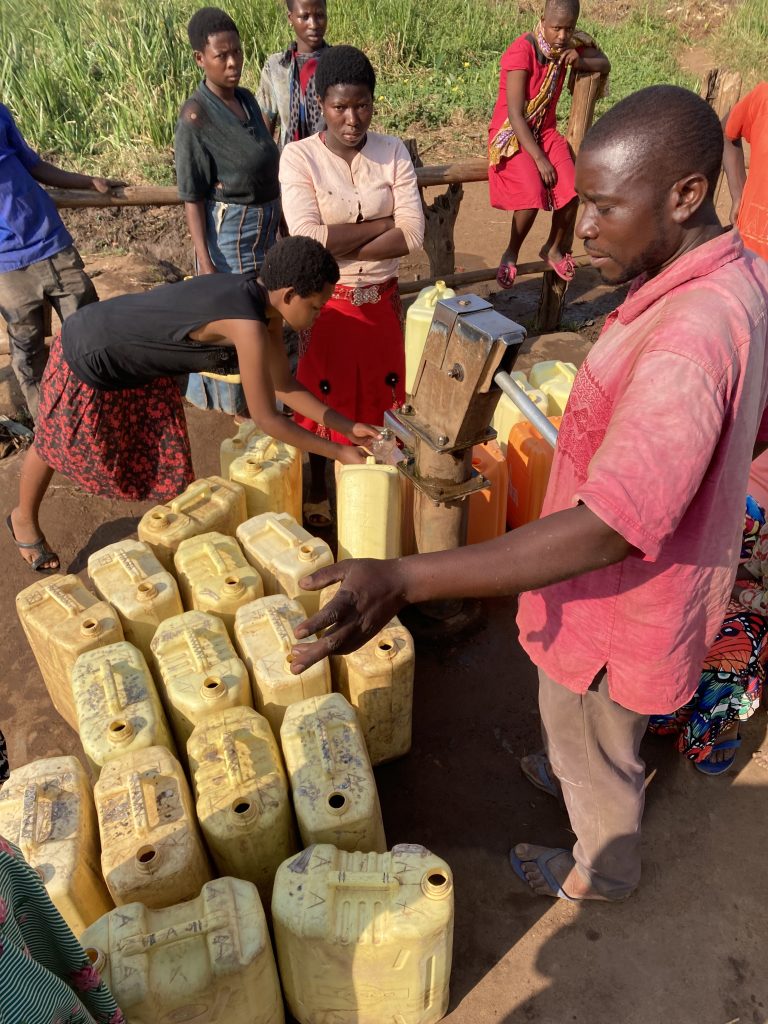
A Ripple
Facebook: A Ripple International
Instagram: a_ripple_international

